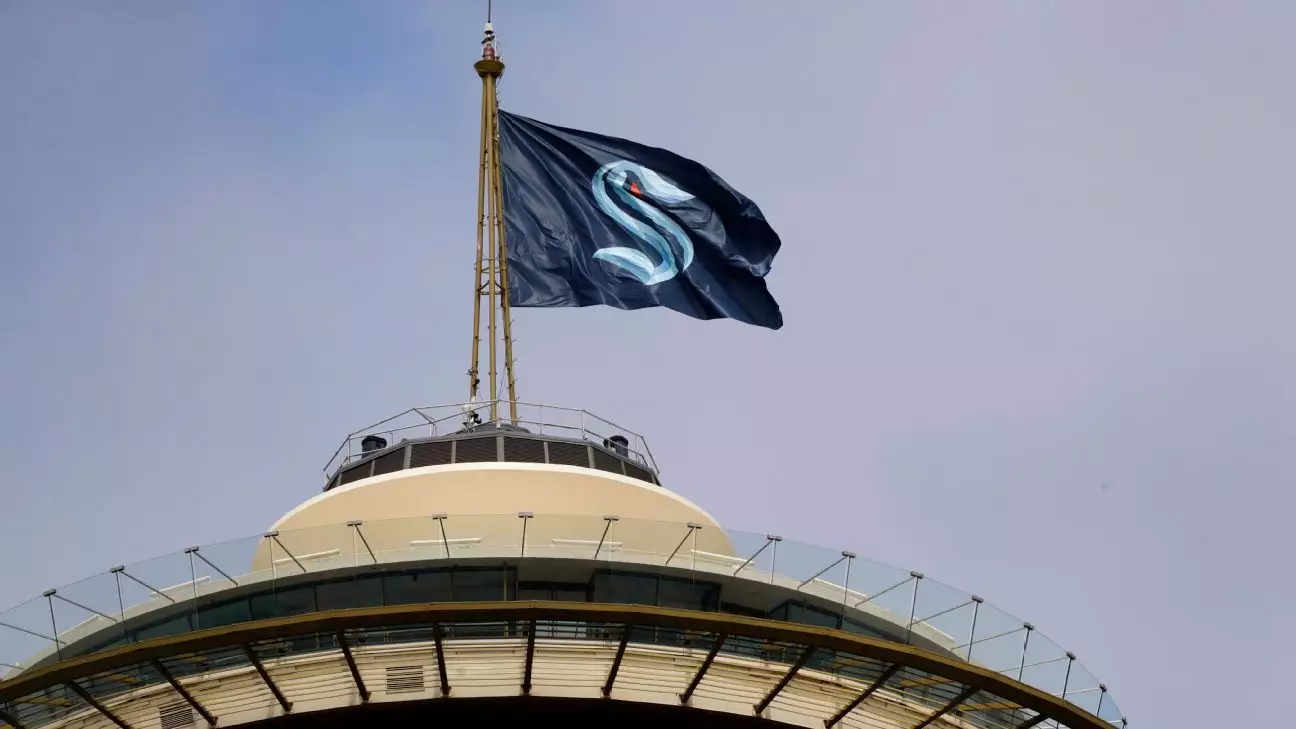In an era where human activities often aim to tame and control the environment, unexpected wildlife encounters serve as stark reminders of nature’s unpredictability. The recent incident involving Seattle Kraken player John Hayden and their mascot Buoy at Katmai National Park underscores that despite preparations and good intentions, nature remains sovereign. The close call with a brown bear during a promotional shoot reveals how quickly the wilderness can challenge human assumptions of safety. Although the bear ultimately decided not to attack, the tension and adrenaline are palpable—highlighting the delicate balance between humans venturing into wild territory and respecting its untamed essence.
Risk Management and the Illusion of Control
Organizing outdoor shoots in remote regions like Katmai involves rigorous safety measures—hiring guides, using protective gear, and adhering to established protocols. Yet, these precautions are only partly effective. The bear’s unexpected charge reminds us that wilderness cannot be fully anticipated or controlled. Hayden’s experience is a testament that even seasoned professionals and wildlife experts cannot guarantee safety when dealing with unpredictable animals. The wildlife’s reaction, motivated by instinct rather than malice, challenges the notion of human dominance over nature. It exposes a fundamental arrogance—believing humans can easily manipulate or coexist without consequence in animal habitats.
The Cultural and Environmental Significance of the Setting
Katmai National Park is more than a backdrop for a promotional video; it symbolizes the profound interconnectedness between wildlife and ecological health. The park’s reputation for its abundant bear populations, especially during “Fat Bear Week”, illustrates the natural rhythms that humans often glamorize or misunderstand. The park’s remote location and the bears’ habitual presence reflect a stark truth: humans are visitors in a land that fundamentally belongs to its indigenous creatures. This incident, although seemingly minor, serves as a poignant reminder that respecting these environments is not optional but mandatory for coexistence.
Humor and Humanity in the Aftermath
At a glance, Hayden’s light-hearted blame on Buoy, the mascot’s unusual appearance captivating the bear’s curiosity, adds a layer of humor to a tense situation. This anecdote humanizes the experience, emphasizing that even in serious encounters, humor can serve as a coping mechanism. Yet, it also raises questions about the boundaries between entertainment and respect for wildlife. As social media amplifies such moments, it becomes critical to reflect on the message being conveyed: Are we exploiting these encounters for entertainment, or are we genuinely acknowledging the complexities of living alongside wild animals?
Lessons Beyond the Wilderness
Ultimately, this close call is a compelling lesson for all who venture into nature—be it for filmmaking, sport, or recreation. It underscores the importance of humility and the acknowledgment that humans are part of an interconnected web of life, not above it. As the wilderness reasserts its presence, we are reminded that true respect for nature demands cautious reverence rather than reckless bravado. In a world increasingly driven by media and spectacle, the encounter at Katmai advocates for a deeper understanding of the wilderness’s silent power and the importance of humility in our pursuits.

